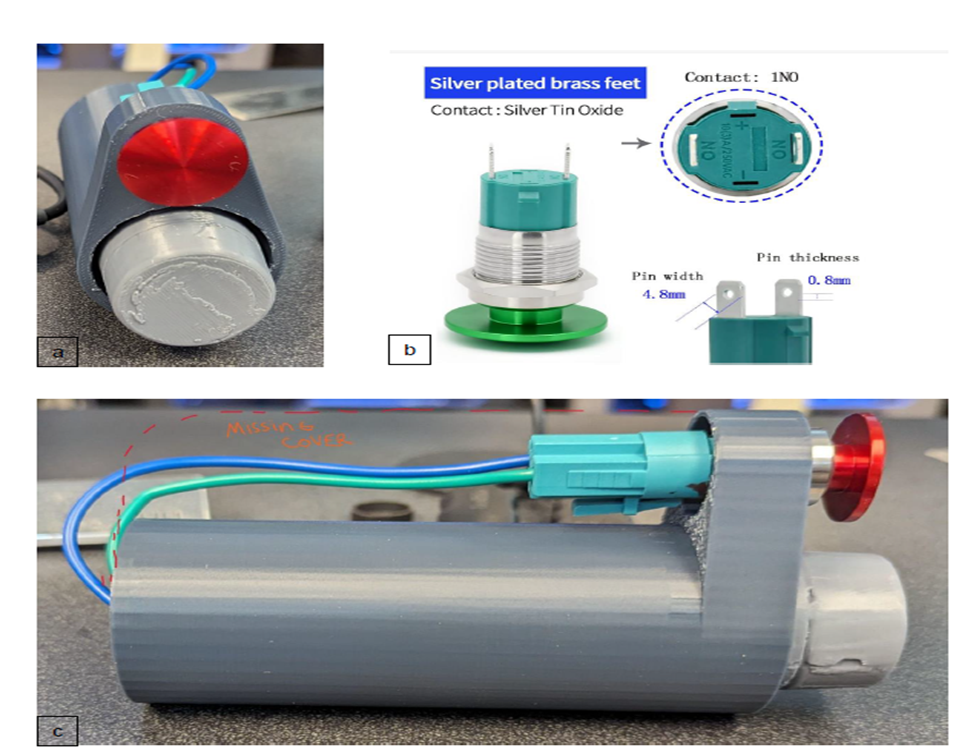Advantages:
- Enhanced durability by reducing gravitational coil wear through an improved design that prevents friction with surrounding components
- Extended lifespan with reduced frictional wear, ensuring fewer repairs and a more reliable speech-assist experience
- Enhanced reliability through a robust locating diaphragm that minimizes misalignment, ensuring consistent performance and reduced downtime
- Flexible design with both modified cup and cup-less options, offering versatility to suit diverse user preferences, surpassing single-configuration models like the Nu-Vois™ III
Summary:
Electrolarynx devices generate vibrations through a transducer assembly, which typically incorporates a magnet and a coil to produce the oscillations required for speech. However, in many conventional designs, the coil can rub against surrounding internal components when stored horizontally or left unused for extended periods, leading to “gravitational wear.” This friction accelerates component degradation, shortens the device’s lifespan, and undermines its reliability. Researchers and manufacturers have explored different methods to realign or protect the coil, but current solutions must contend with space constraints, complex vibration dynamics, and the need to maintain efficient acoustic transfer—challenges that make achieving both durability and high performance a continual focus of investigation.
This improved electrolarynx features a motor with a bobbin, coil wires, and a magnetic assembly driving a striker against a contact diaphragm, while a locating diaphragm centers the bobbin along the device axis. To overcome “gravitational wear” of the coil—a common issue in traditional electrolarynxes—the invention provides two novel solutions: one uses a thinner-walled magnetic or non-magnetic cup to increase clearance, and the other eliminates the cup entirely in favor of a sufficiently large housing gap. In both configurations, the coil’s clearance surpasses the guide disc gap, preventing friction and extending the device's lifespan without compromising performance.

Button assembly on the holder (a) front view showing the button and EL layout. (b) 3 view layouts of the type of button we are using. (c) Side view showing the wiring and button connector.
Image: Hands-free Electrolarynx System Images, Howard Kaplan, Spenser Mason, & Lucas Tometich
Desired Partnerships:
- License
- Sponsored Research
- Co-Development